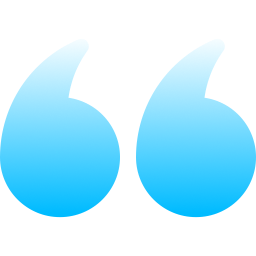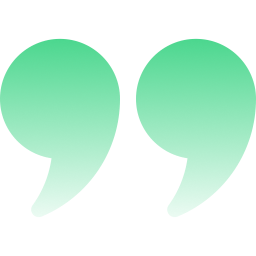The Role of Virtual Reality in Healthcare: Solving the Curse of Knowledge
The Role of Virtual Reality in Healthcare: Solving the Curse of Knowledge
VR technology creates an immersive learning environment that bridges the gap between expert knowledge and novice understanding.
Introduction
Cognitive biases are plenty. One of the most troublesome ones is what we call the curse of knowledge. This refers to a finding that increased knowledge about a subject can affect your skill to predict the knowledge that someone else might have. Thus inhibit your ability to effectively communicate, teach and/or train others. As an academic you might be amazing at your knowledge levels and may be even a genius in that field but as an instructor, you may find it difficult to impart the same level of knowledge to your students, who are usually novices or beginners in this industry.
Simply put you might struggle to imagine their difficulties in understanding the concept. The capability to understand a concept varies from person to person. You may thus not be able to explain at the detail that would be most helpful to students.
To tackle the curse of knowledge, it's crucial to adopt a beginner's perspective. Reflect on our own experiences as a novice: What assumptions did our teachers make about our understanding? What concepts were particularly challenging for us to grasp back then? While it can be difficult to recall what it feels like to lack knowledge, doing so is essential for effective teaching.
Virtual Reality can help you overcome this curse. The whole process of imparting knowledge is standardized. They learn as frequently as they would like. They learn by watching, hearing and doing.
The Promise of VR in Medical Education
The medical field presents unique challenges when it comes to the curse of knowledge. Experienced physicians, having spent years mastering complex concepts and procedures, often find it difficult to break down their knowledge into digestible pieces for medical students. This is where Virtual Reality emerges as a game-changing solution.
VR technology creates an immersive learning environment that bridges the gap between expert knowledge and novice understanding. By providing a standardized, interactive platform, it allows students to engage with medical concepts in ways that weren't possible before. They can visualize complex structures, practice procedures, and experience clinical scenarios without risk to patients.

Virtual reality is making this goal more achievable than ever before in medical education

Standardizing Medical Education Through VR
One of the most significant advantages of VR in medical education is its ability to provide consistent, standardized training experiences. Unlike traditional teaching methods, which can vary greatly depending on the instructor and available resources, VR offers:
- Consistent delivery of educational content across all learners
- Objective assessment of performance and progress
- Self-paced learning opportunities
- Immediate feedback mechanisms
- Multiple approaches to understanding complex concepts
The Human Element
While VR technology provides powerful tools for medical education, it's important to remember that it complements rather than replaces traditional teaching methods. The goal is to help instructors overcome the curse of knowledge by providing them with tools that make concepts more accessible to students.
Looking Forward
As VR technology advances, its impact on medical education is set to grow more and more. The ability to create immersive, standardized learning experiences bridges the gap between expert and novice understanding. This leads to better-prepared medical professionals who can confidently apply their knowledge in real-world scenarios.
Integrating technological innovation with traditional teaching methods leads us closer to a future where complex medical knowledge is transferred more efficiently and effectively. The ultimate goal isn’t just to teach—it’s to ensure deep understanding. Virtual reality is making this goal more achievable than ever before in medical education.

To Stay Updated
Latest Blogs
How to Use MediSim VR's Skill Training in Virtual Environment (STRIV) as a Medical and Nursing Student
By KAVYA • 6-minute read
How to Create the Ultimate Protocol Learning Experience
By KAVYA • 5-minute read
Rethinking OSCE Prep: Why VR Is the Missing Piece
By KAVYA • 4-minute read
